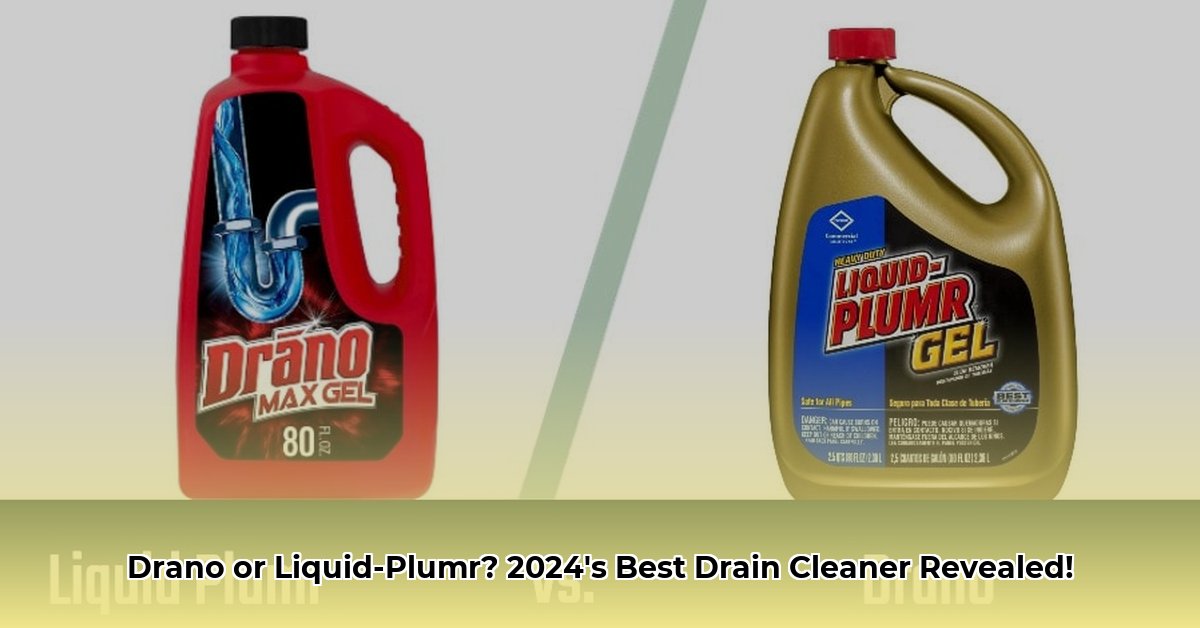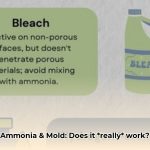Dealing with a clogged drain is a common household headache. Two of the most popular solutions are Drano and Liquid-Plumr. This guide provides a comprehensive comparison, helping you choose the right product and use it effectively. We’ll cover everything from product types and safety precautions to troubleshooting and eco-friendly alternatives.
Understanding Your Clog
Before choosing a drain cleaner, identify the likely clog source. A slow drain probably suggests hair or soap scum buildup, while a complete blockage could indicate grease or a foreign object. Knowing the culprit helps you select the most effective product.
Drano vs. Liquid-Plumr: Product Showdown
Both brands offer various drain cleaners, each with its own strengths. Drano is often formulated for tougher clogs, while Liquid-Plumr may be more effective on hair and soap scum.
| Feature | Drano | Liquid-Plumr |
|---|---|---|
| Best For | Tough clogs, standing water, grease | Hair, soap scum, slow drains |
| Active Ingredients | Often contains sodium hydroxide, sodium hypochlorite | Often contains sulfuric acid, sodium hydroxide |
| Product Types | Gels, crystals, powders, liquids | Gels, liquids, foams |
| Price Range | Typically $5-$20 (prices may vary) | Typically $5-$20 (prices may vary) |
Choosing the Right Weapon for Your Clog
Drano’s formulations, often containing sodium hydroxide and sodium hypochlorite, are generally considered more potent, acting quickly to dissolve clogs. Liquid-Plumr, frequently using sulfuric acid and sodium hydroxide, may be a slightly gentler option, potentially reducing the risk of pipe damage, although research in this area is ongoing.
For hair clogs, Drano’s enzyme-based Hair Clog Remover may be more effective. For grease, Drano’s Dual-Force Foamer, with its lifting action, may be preferable. Liquid-Plumr’s gel formulas or Clog Destroyer are also viable options, but the “best” choice often depends on the specific clog composition.
Safe Handling of Drain Cleaners
Always prioritize safety: Wear gloves and eye protection, ensure adequate ventilation, and keep children and pets away.
Using Liquid/Gel Drain Cleaners:
- Protect Yourself: Gloves and eye protection are essential.
- Measure and Pour: Carefully pour the recommended amount into the drain.
- Wait: Allow the product to work for the specified time (usually 15-30 minutes).
- Flush: Rinse thoroughly with hot water for several minutes.
Using Crystal/Powder Drain Cleaners:
- Safety First: Gloves, eye protection, and ventilation are crucial.
- Apply Powder: Carefully pour the powder into the drain.
- Activate with Water: Add the precise amount of water indicated on the label.
- Wait: Let the mixture work for the recommended time.
- Flush: Rinse with hot water for several minutes.
Troubleshooting Stubborn Clogs
If the clog persists after a single application, try a second dose, following product instructions. For particularly resistant blockages, consider a plumbing snake or consult a professional plumber.
Eco-Friendly Alternatives
For minor clogs, a baking soda and vinegar mixture can be a gentler alternative. A plumbing snake is another effective, chemical-free option.
Preventing Future Clogs
Prevent clogs by installing drain strainers, avoiding pouring grease down the drain, and flushing drains regularly with hot water.
Frequently Asked Questions
- Is Drano safe for my pipes? Drano is generally safe for most pipes when used as directed, but overuse can potentially cause damage, especially to older plumbing. Always check product labels for compatibility with your pipe material.
- Can I use Drano in my toilet? Some Drano products are specifically formulated for toilets. Check the product label to ensure compatibility.
- What if Liquid-Plumr doesn’t work? Try a second application or consider alternative methods like a plumbing snake or consulting a plumber.
- Are there eco-friendly alternatives? Yes, baking soda and vinegar, plumbing snakes, and enzyme-based cleaners are gentler options.
Ongoing Research and Future Developments
Research continues into the long-term effects of chemical drain cleaners on plumbing and the environment. Some experts believe repeated use of harsh chemicals could damage pipes over time. Also, ongoing research explores the environmental impact of these chemicals and seeks more sustainable solutions. Therefore, recommendations for their use might evolve. For the most up-to-date information, consult the latest product labels and research findings.
Video Tutorial: Using Drain Cleaners Safely and Effectively
(Insert video tutorial demonstrating safe usage of both liquid/gel and powder drain cleaners here)
- Does Ammonia Kill Mold? The Truth About Using It for Removal - April 15, 2025
- Does Bleach Kill Spiders? Effectiveness, Safety, and Better Alternatives - April 15, 2025
- Does Soap Expire? How to Tell if Your Soap Has Gone Bad - April 15, 2025










